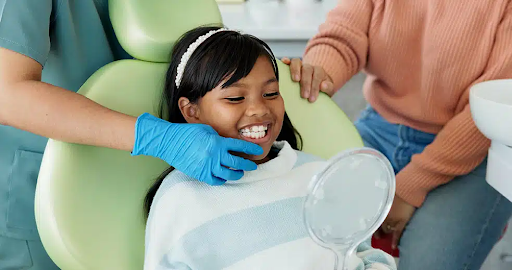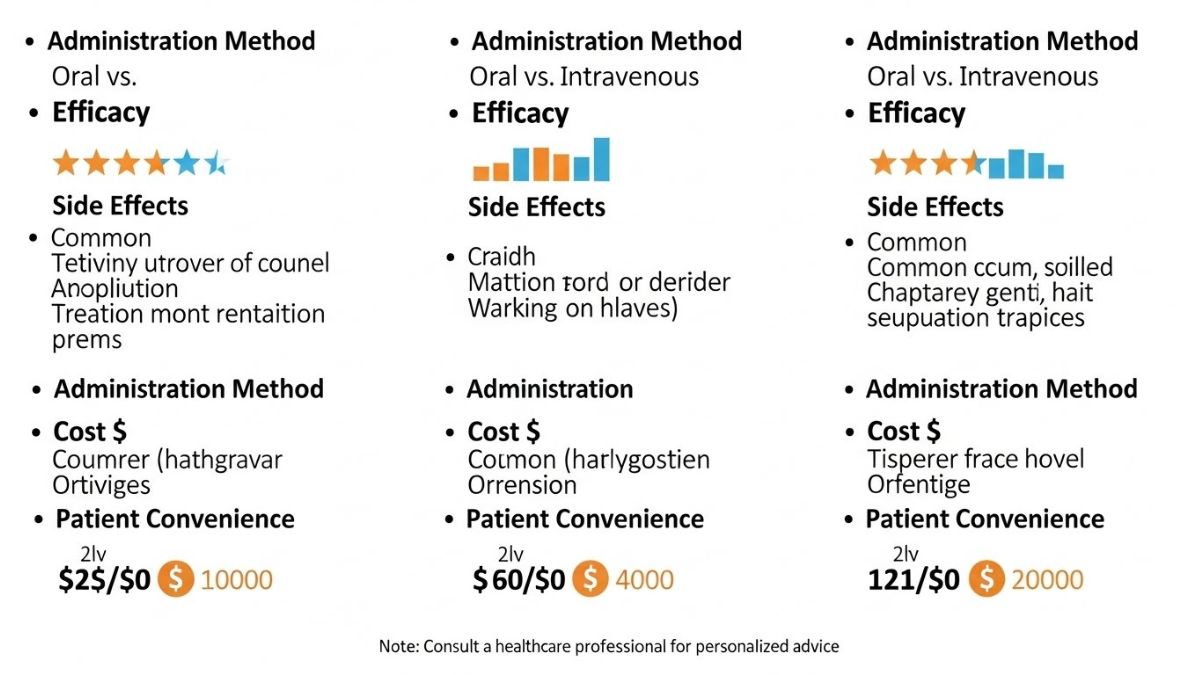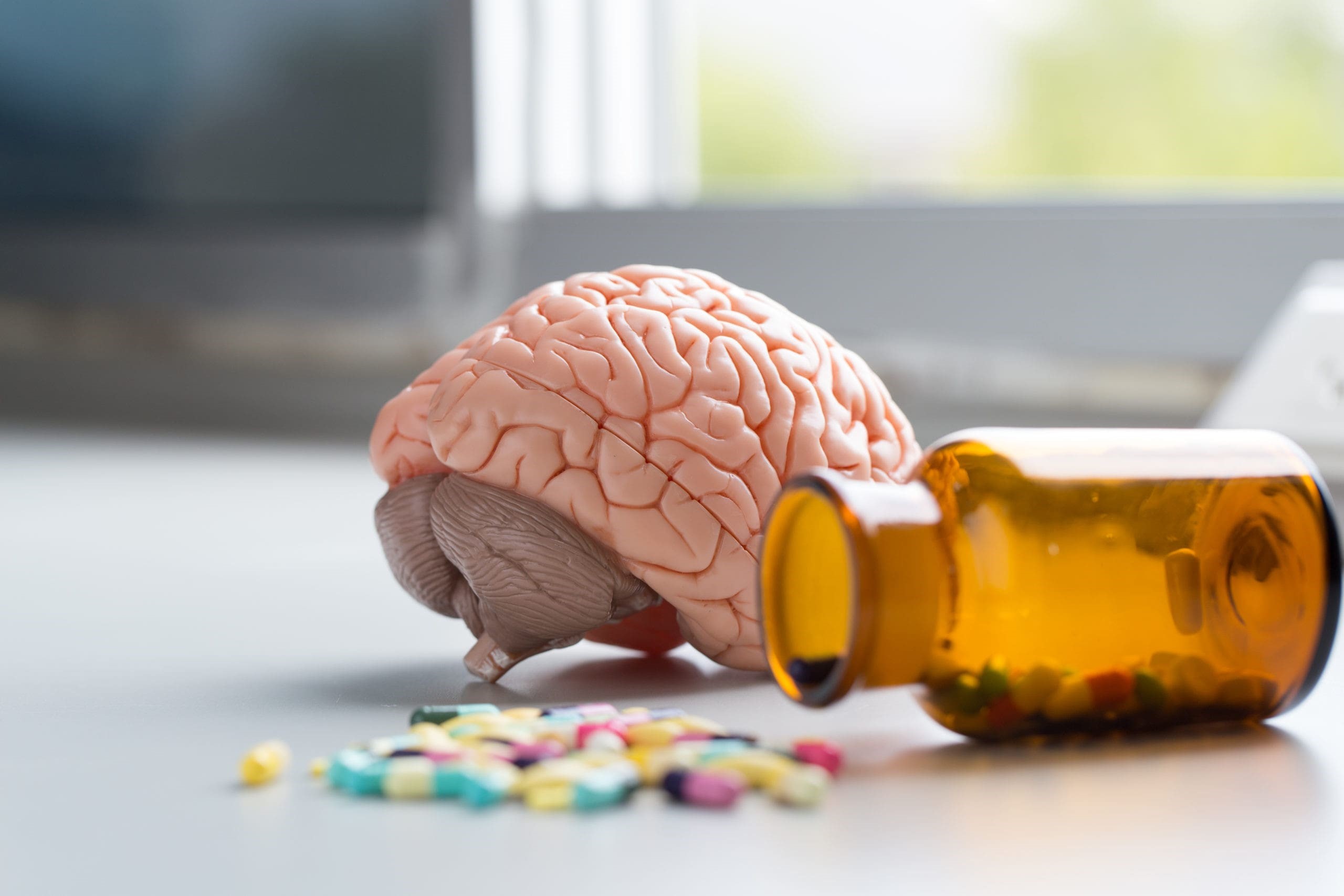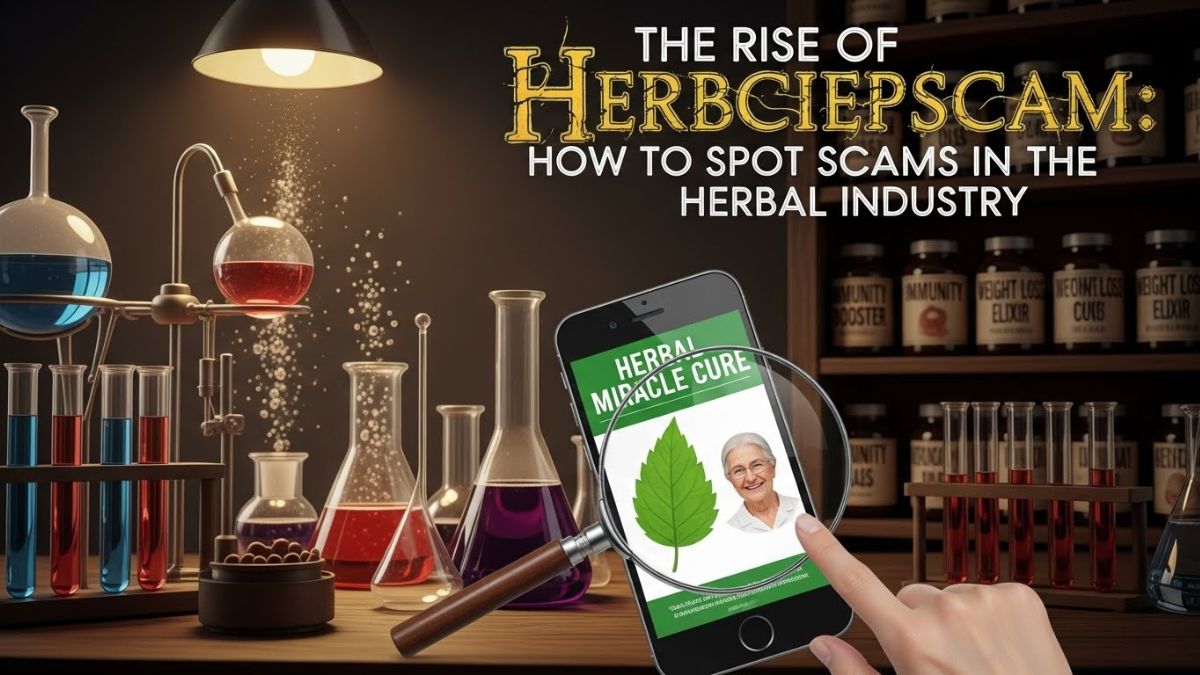HEALTH
The Importance of Better Dental Education in Schools

Despite growing awareness of oral hygiene, many children and adolescents in the UK are still not fully equipped with the knowledge and skills necessary to maintain good dental health throughout their lives. Schools, which are pivotal in shaping the health behaviors of young individuals, currently fall short in delivering comprehensive dental education. The need for better dental education in schools is paramount, as it could significantly reduce oral health issues among future generations, enhance self-esteem, and promote lifelong healthy habits.
The Current State of Oral Health Education in Schools
The current curriculum in most schools touches upon general health and hygiene but offers limited specific education on dental care. This leaves a gap in children’s understanding of crucial practices like proper brushing techniques, the impact of diet on oral health, and the importance of regular dental visits. Studies show that oral diseases, such as tooth decay and gum disease, are among the most common chronic conditions affecting children, yet these conditions are largely preventable with proper knowledge and care.
While some local authorities and schools occasionally bring in professionals to give talks on oral health, these efforts are often sporadic and inconsistent. As a result, children may not be receiving the information they need in a structured or repeated manner, which is necessary for developing good long-term habits. A formalized and regular approach to dental education within schools could significantly improve this situation.
Probably the best cosmetic dentist London has to offer, Dr. Sahil Patel from the Marylebone Smile Clinic emphasizes the importance of early dental education: “Instilling good dental habits in children from a young age can help prevent many of the issues we see in adults today, such as enamel erosion, cavities, and gum disease. School-based education programs provide an excellent platform to reach children, especially in communities where dental care is less accessible.”
The Benefits of Better Dental Education
Prevention of Dental Problems
Prevention is always better than cure, and nowhere is this truer than in dental health. Many common dental problems, such as cavities, gum disease, and enamel erosion, can be prevented with proper care and early intervention. Children who are taught to brush and floss properly, understand the importance of limiting sugary foods and drinks, and learn about the necessity of regular dental check-ups are far more likely to avoid these issues as they grow older.
The National Health Service (NHS) spends millions annually on dental treatments that could have been prevented through better oral hygiene. Early education can significantly reduce these costs by promoting preventive care from a young age. Schools are the ideal place for this education, as they provide a structured environment where children can learn and practice good habits consistently.
Improved General Health
Oral health is closely linked to overall health. Conditions such as heart disease, diabetes, and respiratory infections have been associated with poor dental hygiene. Educating children about the importance of oral health can contribute to better general health outcomes in adulthood. By teaching children how to care for their teeth and gums, schools can play a key role in promoting broader health and well-being.
Additionally, issues such as tooth decay and gum disease can cause significant pain and discomfort, leading to missed school days and lower academic performance. According to Public Health England, children with poor oral health are more likely to miss school, and these absences can impact their education and future opportunities.
Boosting Self-Esteem and Confidence
Oral health has a direct impact on appearance, which in turn can affect self-esteem and confidence, particularly during adolescence. Dental issues like discolored or crooked teeth can lead to embarrassment and social anxiety, causing children to avoid smiling or participating in social activities. In some cases, these issues may even contribute to bullying and isolation.
By equipping children with the knowledge and resources to take care of their teeth, schools can help them maintain a healthy and attractive smile, which is essential for building confidence. Cosmetic dentistry services, such as veneers in London, can also provide solutions for those dealing with severe aesthetic concerns. However, early education in dental health can help reduce the need for these services later in life.
Reducing Socioeconomic Inequality in Health
There is a well-documented link between socioeconomic status and oral health. Children from lower-income families are more likely to experience dental problems due to limited access to dental care and poor diet. By incorporating dental education into school curricula, we can help level the playing field, ensuring that all children, regardless of their background, have access to the information they need to maintain good oral health.
Schools are an important equalizer, offering a setting where every child can be taught the same fundamental skills for maintaining their health. Better dental education can help bridge the gap in oral health outcomes between different socioeconomic groups, reducing the long-term impact of poverty on health.
What Should Better Dental Education Include?
For dental education to be truly effective, it needs to cover a range of topics and be delivered in an engaging, age-appropriate manner. Key areas that should be included in a comprehensive school-based dental education program are:
Basic Oral Hygiene Practices
Children need to learn the correct way to brush and floss their teeth, as well as the importance of doing so twice a day. Demonstrations, hands-on activities, and regular practice sessions can help reinforce these habits.
The Role of Diet in Oral Health
The impact of diet on oral health is significant, yet many children (and adults) don’t fully understand the connection. Education should include information on how sugar and acidic foods can lead to tooth decay and erosion, and encourage healthier food and drink choices.
The Importance of Regular Dental Check-ups
Regular visits to the dentist are essential for maintaining oral health, yet many children only go to the dentist when there’s a problem. Schools can emphasize the importance of preventive check-ups and help demystify the process, so children don’t grow up fearing the dentist.
Understanding Dental Diseases
Children should be taught about common dental diseases, such as cavities and gum disease, and how these conditions develop. Understanding the consequences of poor oral hygiene can serve as a powerful motivator for taking care of their teeth.
The Role of Cosmetic Dentistry
While the focus of school-based dental education should be on preventive care, it’s also helpful for children to understand the role of cosmetic dentistry, especially as they grow older. Many individuals may seek treatments from a cosmetic dentist in London later in life to address issues such as misaligned teeth or discoloration. Knowing that these options exist can help individuals make informed choices about their dental health.
How Schools Can Implement Dental Education
To successfully implement dental education, schools need support from both the government and the dental community. Government agencies such as Public Health England can play a role in developing standardized curricula and providing resources for teachers. Local authorities could also offer incentives for schools to include dental education as part of their health and well-being programs.
Collaboration with dental professionals is also crucial. Dentists and dental hygienists can visit schools to deliver presentations, offer dental screenings, and provide practical demonstrations of brushing and flossing techniques. Schools could partner with local dental practices or clinics to make these visits a regular occurrence. This collaboration ensures that children receive accurate, up-to-date information from qualified professionals.
Furthermore, incorporating dental education into the school day doesn’t need to be complicated. Lessons could be integrated into existing health or science classes, or even delivered as part of assemblies or special health weeks. The goal should be to make dental health a routine part of school life, just like learning about nutrition or physical exercise.
The Long-Term Impact of Better Dental Education
Improving dental education in schools can have far-reaching benefits. Children who are taught good oral health habits from a young age are more likely to carry these habits into adulthood, reducing their risk of dental problems and improving their overall quality of life. A healthier population also reduces the burden on the NHS and leads to a more productive society, as fewer individuals suffer from pain, discomfort, or the need for extensive dental treatments.
Moreover, better dental education can contribute to a cultural shift, where good oral health is seen as a priority rather than an afterthought. As more children grow up understanding the importance of dental care, we may see a reduction in the stigma associated with dental issues and a greater appreciation for the role of cosmetic dentistry in maintaining both health and appearance.
In conclusion, better dental education in schools is not just an option—it’s a necessity. With oral health playing such a crucial role in overall well-being, schools must take on the responsibility of teaching children the skills they need to care for their teeth. Whether through partnerships with local dental practices, such as those offering services like veneers in London, or through government support, there are many ways that schools can step up their dental education efforts. The long-term benefits, both for individuals and for society, are too significant to ignore.
HEALTH
How valgensin Compares to Other Treatments: A Comparative Analysis

Valgensin is making waves in the world of medical treatments, captivating both patients and healthcare professionals alike. As new therapies emerge, many are left wondering: how does valgensin stack up against traditional medications? With a unique approach to treatment, it’s essential to explore what sets valgensin apart. This comparative analysis dives deep into its benefits, potential side effects, effectiveness rates, and real patient experiences. Whether you’re considering a switch or simply curious about this innovative option, let’s unravel the differences together.
Comparison to traditional medications
When examining valgensin, it’s essential to compare it to traditional medications. Many patients have long relied on standard treatments for their health issues. These often come with a host of side effects and varying degrees of effectiveness.
Traditional medications can take time before any noticeable results appear. For some, this leads to frustration and discontinuation of treatment altogether. In contrast, valgensin aims for quicker relief without the prolonged waiting period associated with many conventional drugs.
Additionally, traditional options may require frequent dosing throughout the day. Valgensin offers more flexible administration schedules that fit better into modern lifestyles.
Cost is another factor where valgensin has an edge. While some older medications can be expensive due to ongoing prescriptions or additional therapies needed, valgensin presents a potentially more cost-effective solution over time.
Advantages of valgensin over other treatments
Valgensin stands out in the realm of treatment options due to its unique mechanism. Unlike traditional therapies, it targets specific pathways in the body, offering a more tailored approach. This precision can lead to enhanced outcomes for patients.
One notable advantage is the reduced frequency of administration. Many patients appreciate less frequent dosing schedules compared to daily medications. This convenience often translates into improved adherence and better overall management.
Additionally, valgensin boasts a favorable side effect profile. Many users report fewer adverse reactions than those experienced with conventional treatments, making it an attractive option for sensitive individuals.
Another appealing aspect is its compatibility with other therapies. Patients can integrate valgensin into their existing regimens without significant interactions, allowing for a comprehensive treatment strategy that maximizes benefits while minimizing risks.
Side effects and safety concerns
When considering valgensin, it’s essential to understand its safety profile. Like any medication, it can come with side effects. Common reactions include mild headaches and gastrointestinal disturbances. These are generally short-lived.
Serious adverse events are rare but possible. Patients should remain vigilant for symptoms like unusual fatigue or allergic reactions. Discussing any pre-existing conditions with a healthcare provider is crucial before starting treatment.
Monitoring during the initial phase of using valgensin is important. Regular check-ins can help manage any emerging issues effectively.
Reports suggest that most users tolerate this treatment well, experiencing minimal disruptions in daily life compared to other options available on the market.
It’s always wise to weigh potential risks against benefits when exploring treatments like valgensin, ensuring informed decisions tailored to individual health needs.
Effectiveness and success rates
Valgensin has gained attention for its effectiveness in treating various conditions. Clinical studies indicate promising success rates, often outperforming traditional therapies.
Patients frequently report noticeable improvements in their symptoms within weeks of starting Valgensin. This swift onset can be a game-changer for those seeking relief from chronic issues.
Moreover, the medication appears to maintain its efficacy over time, unlike some alternatives that may lose potency with prolonged use.
Many healthcare providers are increasingly recommending Valgensin, citing strong clinical evidence supporting its benefits.
Patient feedback adds another layer of insight into its performance. Numerous testimonials highlight significant quality-of-life enhancements attributed to the treatment.
These factors contribute to Valgensin’s growing reputation as a reliable option among available treatments today.
Patient experiences and testimonials
Patient experiences with valgensin have been diverse and insightful. Many users report a significant improvement in their condition, noting how this treatment has changed their daily lives.
One patient shared that after starting valgensin, they felt more energetic and engaged in activities they once avoided. The emotional uplift was just as important as the physical benefits for them.
Another individual highlighted the ease of integrating valgensin into their routine. They appreciated not having to deal with complicated dosing schedules or frequent doctor visits.
Testimonials often emphasize the supportive community surrounding valgensin. Patients find comfort in sharing their stories and connecting with others on similar journeys.
The feedback also reflects a sense of empowerment among users, who feel more in control of managing their health challenges through this innovative treatment option.
Conclusion:
The landscape of medical treatments is constantly evolving, and valgensin stands out as a noteworthy option. Its unique mechanism sets it apart from traditional medications, offering patients an innovative choice for managing their conditions.
When comparing valgensin to conventional therapies, its advantages become apparent. Many users report fewer side effects and improved tolerability, making it a more appealing option for those who have struggled with other treatments. Safety remains a top priority, and ongoing studies continue to explore the long-term implications of using this novel therapy.
Effectiveness is crucial in any treatment plan. Valgensin shows promising results that rival established medications while often delivering quicker relief for patients seeking answers to their health challenges. The testimonials shared by individuals who’ve experienced its benefits add a compelling layer to its reputation.
HEALTH
Why SSRIs Don’t Work the Same for Everyone: Genesight Helps Find Out

Today, SSRIs are among the most commonly prescribed medications for mental health conditions such as depression, anxiety, PTSD, and even OCD. As well as some other conditions that these medications are known to be able to help with. They are a newer class of antidepressants that has shown to have quite some positive effects, and mild side-effects, so it is no wonder that psychiatrists are relying on them when trying to determine the right course of treatment for their patients.
Now, you may have already heard some amazing stories about how SSRIs helped some people overcome their anxiety and depression symptoms. They help regulate emotional response and mood, as well as our sleep, our appetites, and much, much more. So, clearly, their effects can undoubtedly be amazing, and it is not a surprise that a lot of people are reporting great things after taking them.
Yet, apart from that, you may have also heard some people claiming that they didn’t get the effects they have been expecting from SSRIs. That they didn’t get much help, and that they have possibly experienced nothing but some side-effects. So, now you’re wondering how it is possible that these medications don’t work the same for everyone, and why it is that we can all have such different experiences with them.
Well, that is an important question right there. What we are going to do now, thus, is answer it for you, hoping to clearly explain why those differences are normal, while also letting you know how you may be able to check in advance what kinds of effects you could expect if your doctor prescribed these medications to you. If you’ve come across Genesight or similar professionals already, then you know that leaving things up to chance is not always necessary, as there are methods for checking this in advance. More on that later, though.
In short, we’re talking about genetic risk factors, and you can read more about that here: https://www.nature.com/articles/s43856-021-00046-8
Why SSRIs Don’t Work the Same for Everyone
Okay, let us now answer the first important question for you right here. To put things simply, you want to know why it is that you are hearing different stories regarding SSRIs from different people. Simply saying that this is normal and moving on with it probably doesn’t cut it. In other words, you want to know why these mediations don’t work the same for everyone, and we are now going to discuss precisely that.
One of the biggest reasons to be aware of here is the fact that our bodies process medications at different speeds, and that is due to some genetic differences in our metabolism. So, you may metabolize the drug more slowly or more quickly than someone else, which leads to having different experiences with SSRIs. Even when you are taking the same drug as someone else and the same dose.

Now, as you probably already know, SSRIs work by blocking the serotonin transporter, which is basically a protein that reabsorbs serotonin in the brain. And, well, there are some genetic transporter variations that can affect how strongly the SSRIs will be able to bind, how quickly the symptoms will respond to the drug, how well serotonin signaling will improve in general, as well as what kinds of side-effects you could wind up experiencing. This is another reason why these medications can work perfectly for some people, while not working that well for others.
Of course, the differences in serotonin receptors can have similar effects here. Basically, genetic differences in those receptors can affect the actual effectiveness of SSRIs, as well as how quickly they will lead to improvements, and, once again, whether some side effects will emerge. In short, the unique receptor profile of your brain is sure to affect your response to these medications.
We also cannot fail to mention that some co-occurring conditions can also play a part here. For instance, if you’re fighting depression, you may also be struggling with anxiety, PTSD, chronic pain or other things, and all of those things will impact how your brain responds to SSRIs. And, in the end, your lifestyle and the environmental factors can affect the response as well.
How Genetics Can Be Helpful in Finding Out What to Expect
Now, you often can’t change the environmental factors. What you can do when you get prescribed an FDA Approved SSRI for Depression, for example, is take some genetic tests to try and determine how you would respond. This is often done before being prescribed a specific drug, as it helps professionals understand your unique profile and thus find the best medication for you.
That is, as you may have guessed it, where Genesight and similar providers come in. Allowing you to do the genetic testing and thus get valuable clues about how your body will respond to certain SSRIs. These tests are rather valuable for clinicians, as well as for patients, because they can help find the best medication quickly.
HEALTH
The Rise of herbciepscam: How to Spot Scams in the Herbal Industry

The herbal industry has exploded in popularity over the past few years, with people turning to natural remedies for everything from stress relief to immune support. Amid this growing interest, however, lies a darker side: herbciepscam. As consumers seek out the benefits of herbal products, they also become targets for fraudulent operations that prey on their desires for wellness and healing.
With the promise of miraculous cures and transformative health benefits, it’s easy to get swept up by flashy marketing tactics. But not all products are created equal; some may even be harmful or ineffective. Understanding how to navigate this complex landscape is crucial for anyone looking to enhance their well-being through herbs.
This blog will delve into the common scams plaguing the herbal industry and arm you with knowledge on how to spot red flags before spending your hard-earned money. By becoming informed buyers, we can collectively push back against deceptive practices and ensure that our journey toward better health is safe and rewarding.
Common Scams in the Herbal Industry
The herbal industry has seen an explosion in popularity, but this growth has also paved the way for various scams. One of the most common traps involves exaggerated health claims. Some products promise miraculous cures without scientific backing.
Another red flag is false endorsements. Many companies rely on fake testimonials or celebrity influencers who have never used their products. This tactic can mislead consumers into thinking they’re buying something reputable.
Counterfeit herbs are a persistent issue as well. Unscrupulous sellers often substitute lower-quality ingredients while charging top-dollar prices.
Subscription models that lock customers into continuous payments without clear terms are becoming increasingly prevalent too. It’s always wise to read the fine print before committing to any recurring charges.
Misleading packaging and branding can create confusion about what you’re actually purchasing, making it crucial to stay informed and vigilant when choosing herbal products.
How to Spot a Scam Product or Company
When navigating the herbal industry, vigilance is crucial. One of the first red flags is overly bold claims. If a product promises miraculous results without any scientific backing, proceed with caution.
Check for transparency in ingredients and sourcing. Reputable companies provide clear details about what’s inside their products and where those ingredients come from.
Look at customer reviews but be discerning. Fake testimonials are common in the herbal market, often found on websites that lack credibility. Seek out unbiased platforms for feedback.
Verify certifications as well. Legitimate companies often display third-party testing results or certifications from recognized health organizations.
Trust your instincts. If something feels off—whether it’s an unprofessional website or pressure tactics to buy—it’s wise to step back and reconsider before making a purchase decision.
Tips for Avoiding Herbicepscam
Be vigilant when purchasing herbal products. Always check for third-party testing. Reputable companies usually provide lab results to verify the quality of their offerings.
Research the brand thoroughly before buying anything. Look for customer reviews and testimonials that highlight genuine experiences. A quick online search can reveal a lot about a company’s reputation.
Avoid deals that seem too good to be true. If an offer promises miraculous results or significant savings, it may be worth steering clear.
Pay attention to labels and ingredients lists. Authentic herbal products should have transparent labeling without vague terms or misleading claims.
Trust your instincts. If something feels off or raises red flags, don’t hesitate to walk away from the deal. Your health is paramount; make informed choices every time you shop in the herbal industry.
The Importance of Research and Education
Research and education are vital in today’s herbal industry. With so many products available, knowing what to look for can set you apart from potential scams.
Understanding the ingredients is key. The more you know about herbs and their benefits, the better decisions you’ll make. Knowledge empowers consumers to recognize authentic products versus those with exaggerated claims.
Moreover, staying informed helps you identify reputable companies. Look for transparent practices, quality certifications, and customer reviews that speak volumes about a brand’s reliability.
Engaging with online communities or reading credible sources also expands your understanding of herbal remedies. This ongoing education fosters critical thinking skills that are essential when evaluating new trends or marketing tactics.
Being knowledgeable not only protects your health but enhances your overall experience within the herbal world.
Conclusion:
The rise of herbciepscam highlights the importance of vigilance in the herbal industry. As consumers become more aware, it’s crucial to remain informed and cautious when choosing products. Always prioritize quality and safety over flashy marketing claims.
Research is your best ally. It empowers you to make sound decisions based on verified information rather than misleading advertisements. Education can help differentiate between genuine products and scams that prey on trust.
-

 GENERAL2 years ago
GENERAL2 years agoDiscovering the Artistic Brilliance of Derpixon: A Deep Dive into their Animation and Illustration
-

 Posts2 years ago
Posts2 years agoSiegel, Cooper & Co.
-

 Lifestyle2 years ago
Lifestyle2 years agoPurenudism.com: Unveiling the Beauty of Naturist Lifestyle
-

 HEALTH2 years ago
HEALTH2 years agoTransformative Health Solutions: Unveiling the Breakthroughs of 10x Health
-

 FASHION2 years ago
FASHION2 years agoThe Many Faces of “λιβαισ”: A Comprehensive Guide to its Symbolism in Different Cultures
-

 Lifestyle2 years ago
Lifestyle2 years agoBaddieHub: Unleashing Confidence and Style in the Ultimate Gathering Spot for the Baddie Lifestyle
-

 Entertainment2 years ago
Entertainment2 years agoGeekzilla Podcast: Navigating the World of Pop Culture, Gaming, and Tech
-

 Lifestyle1 year ago
Lifestyle1 year agoSandra orlow: Unraveling the Story of an Iconic Figure
